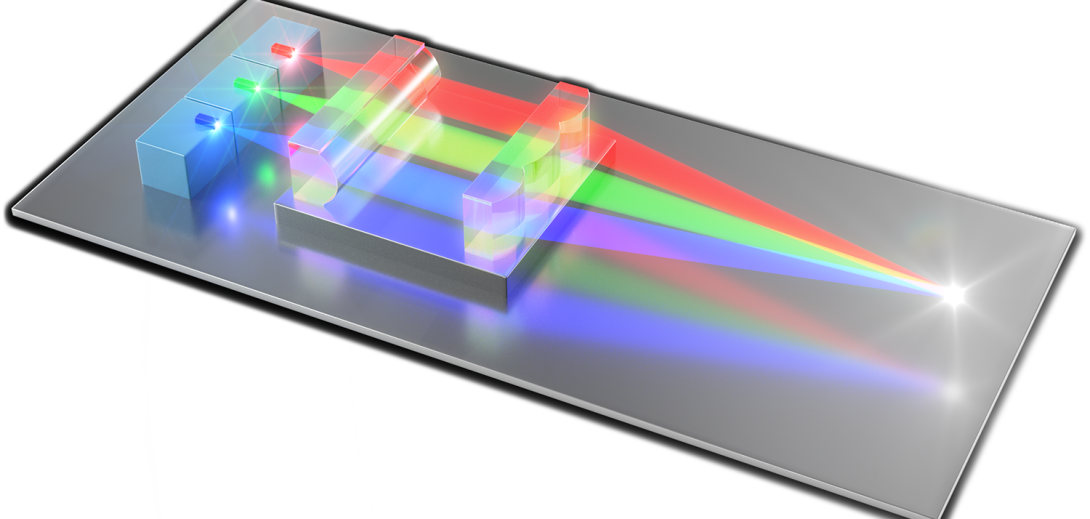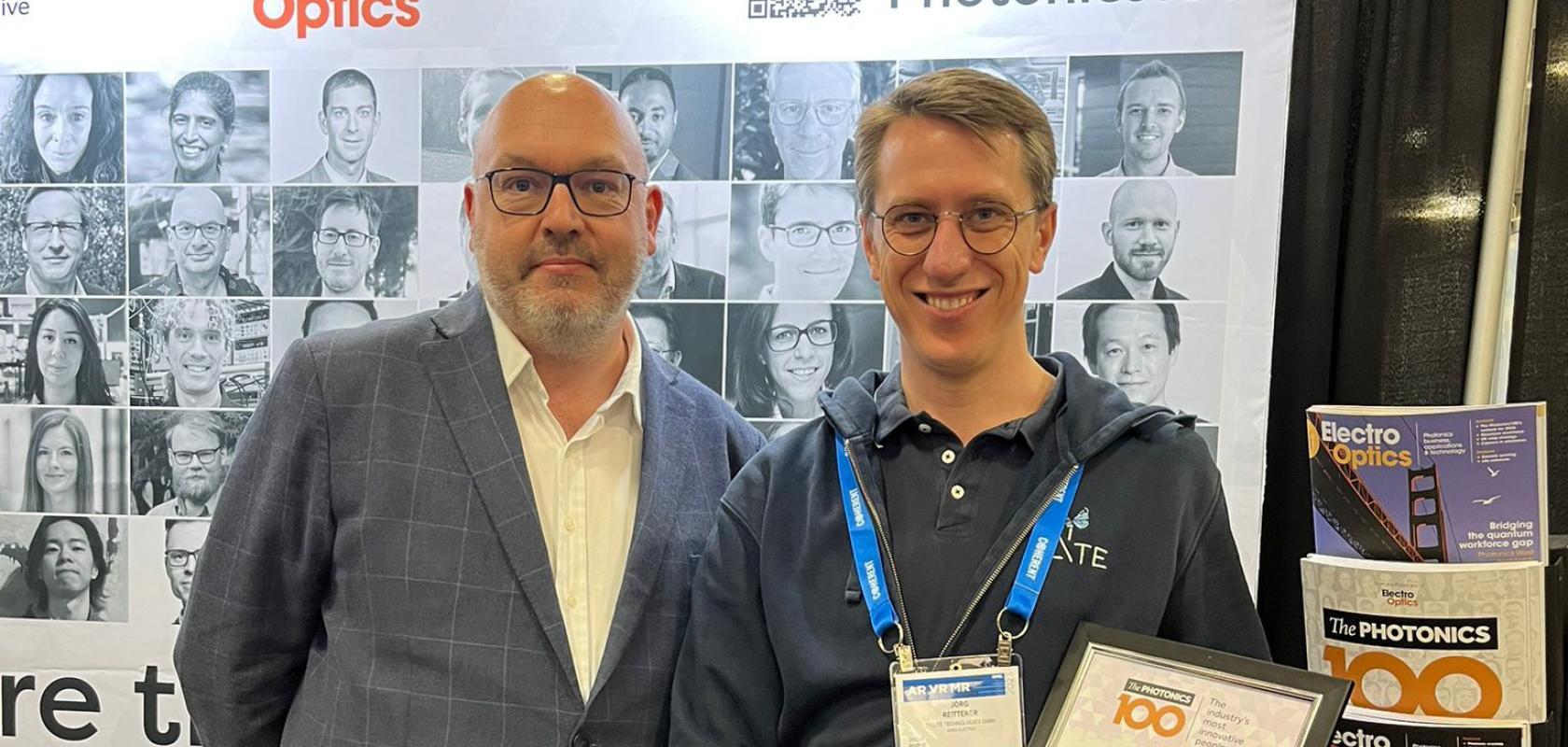Austrian firm TriLite, developer of a chip-based projection display for miniaturised laser beam scanning (LBS) technology, has raised more than €20 million in its recent series A funding round.
The company’s projection systems are enabled by miniaturised laser beam scanning (LBS) technology, which it says targets the size and weight challenges that hinder the adoption of AR devices today.
“The funding will be used to qualify and industrialise the LBS optical engine for consumer AR systems and automotive applications," said Dr Peter Weigand, CEO of TriLite.
Removing optical hardware reduces weight
Trilite’s latest product, Trixel 3, is targeted at high-volume consumer applications. It takes up less than 1cm3, weighs 1.5g and does not require any external projection optics or relay optics to couple to a waveguide.
Instead, the laser beam scanner contains a single 2D micro-electro-mechanical system (MEMS) mirror, which saves on weight, size and power consumption.
A former SPIE StartUp Challenge finalist, Trilite integrates three bare die semiconductor laser diodes within a single package. “Using advanced laser packaging technologies allows us to place three separate chips for red green and blue light very close to one another, and package them in a single tiny package,” said former Photonics100 honouree Dr Jörg Reitterer, CTO and co-founder, during his StartUp Challenge pitch.

The Trixel 3 RGB Light Module (image: TriLite)
Further miniaturisation is enabled by replacing large and expensive beam optics with software. "We’ve developed a whole stack of algorithms that allows us to control the system with fewer alignment steps, thereby shifting complexity from the hardware to software and providing benefits in terms of assembly yield and manufacturing costs," Weigand explained, in an interview with Electro Optics.
Multiparameter algorithms are used to control the laser and mirror, for example, and laser pulse timing algorithms overlap RGB colour channels to eliminate image distortions without additional optical elements.
Enabling mass manufacture
Reducing hardware also simplifies mass production, reducing component counts and critical failure/error points. The integration level of its Trixel 3 device is ‘production ready’, the company says.
Speaking at Photonics West 2023, Weigand said that the company specifically chose to build its technology using industry-standard components and production machines.
“We try to use standard components as much as possible, on the laser dies, optical components and on the MEMS mirror. This holds true for the tools on the manufacturing floor – we have chosen standard equipment for passive and active alignment and for the wire bonding, with the aim of using the same elements used in the telecom and consumer industries,” he said.
The recent funding round saw significant investments from Continental’s Corporate Venture Capital Unit and an undisclosed global electronics supplier for the Trixel 3 projection display. Existing financial investors Apex Ventures, B&C Innovation Investments and TEC Ventures also participated in the round.


